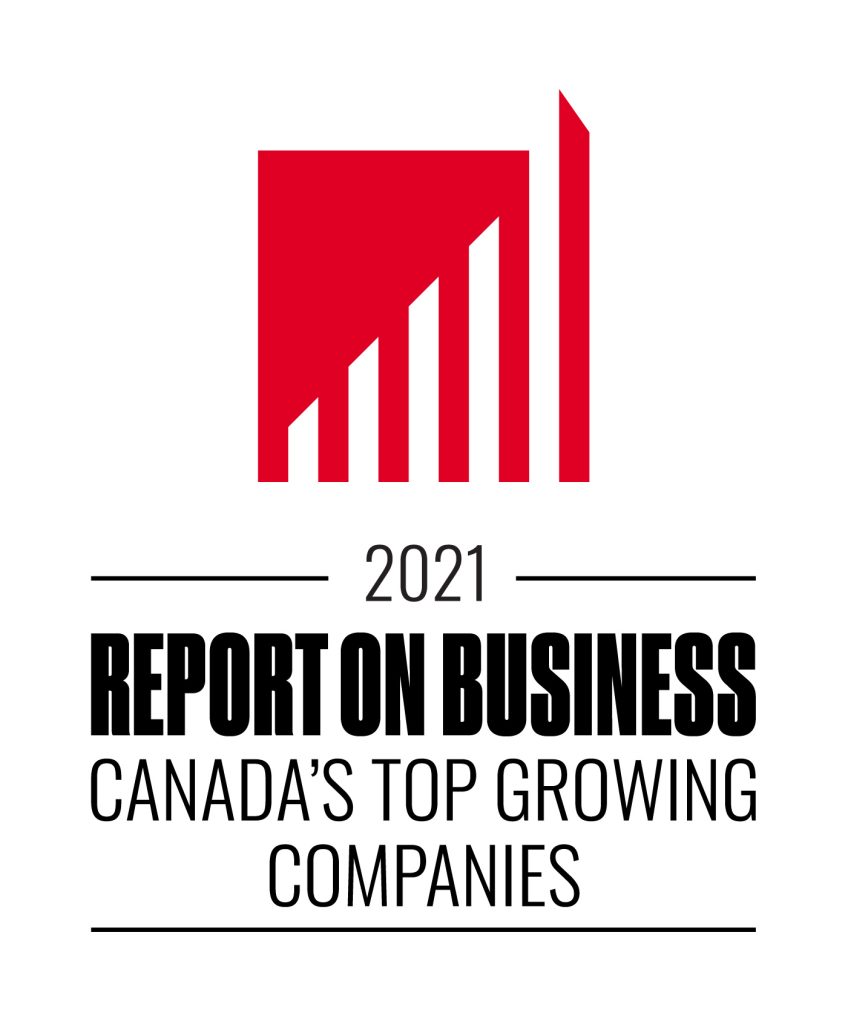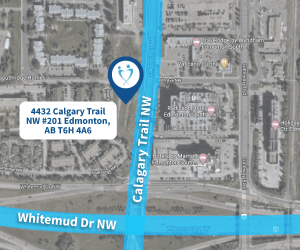Facility Multi-Stage Transition Program
We at CarePros have developed our Child and Youth Facility Multi-Stage Transition program to support our clients, communities, and public and health care systems.
Program Overview
CarePros meets each youth where they are at in life. The CarePros program is designed to support at-risk youth, placing them in our child and youth facilities that optimally match their current care needs. Children and youth under CarePros care can stabilize, develop, and graduate to programs that assist in their journey into adulthood. Our program assesses children and youth to best determine their ideal placement. This includes matching the child’s care needs, such as focusing on trauma-impacted care needs, cultural identity, and developmental and well-being needs.
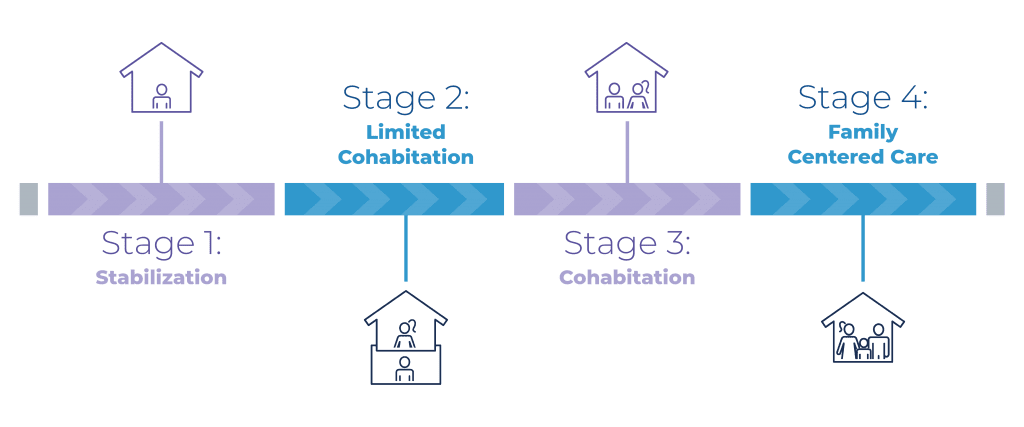
Stage 1: Stabilization

What Does This Program Look Like?
CarePros Stabilization Program emphasizes the child or youth’s needs to live in a single-living arrangement with no other clients in the facility. The program will gradually introduce the child or youth to peers once they are comfortable with social interaction.
Who is Ideal for This Program?
The Stabilization program is best suited for clients with:
- A history of trauma.
- A high risk of aggressive or violent behavior.
- A history of high-cost crises.
- A need for immediate intervention.
- Behavioral challenges.
- Complex care needs.
- A need for high structure, routine, and supervision.
- A history of placement disruptions and breakdowns.
- Frequent use of emergency services.
When Would the Individual Successfully Transition from This Program?
Once the CarePros team and the client case determines the child or youth has stabilized and has demonstrated consistent signs of self-regulation and few escalations, the child and youth moves into a limited-cohabitation living arrangement with structured social interaction.
Stage 2: Limited Cohabitation
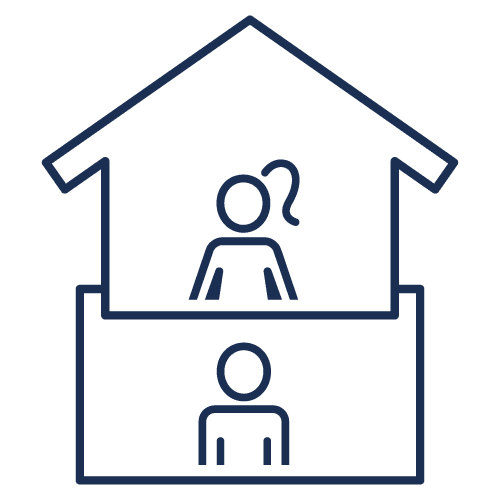
What Does This Program Look Like?
Children and youth in our Limited-Cohabitation program are encouraged to interact with one another in a supervised safe-space environment and develop social-skills.
CarePros child and youth facility arrangements include a shared property and separated living arrangements (one client occupies a living quarter upstairs, while another client occupies living quarters downstairs).
Who is Ideal for This Program?
The Limited-Cohabitation program is ideal for children and youth who has demonstrated the consistent ability to self-regulate, and based on the case team and CarePros team, is deemed safe and appropriate to socialize with other children or youth in the CarePros program.
When Would the Individual Successfully Transition from This Program?
Once the child or youth has demonstrated a consistent ability to socialize with other children or youth without escalations and dysregulation and it is determined that the individual is ready to begin developing skills necessary for adult transition (shared living arrangements, consistent peer interaction, etc.) the individual will be transitioned to a Full-Cohabitation program.
Stage 3: Cohabitation

What Does This Program Look Like?
The Full-Cohabitation program is when the child or youth shares the facility with at least one other child or youth. The child or youth will share living quarters but will still have their own private room and personal space.
Who is Ideal for This Program?
The Full-Cohabitation program is ideal for children and youth who has demonstrated the ability to interact with other children or youth without consistent escalations and are ready to develop the social skills needed for adulthood. Children and youth in this program will learn to share the facility’s living space. Admission to this program will depend on conversations held between the client, our care team, the client’s case and clinical team, and any other key agents involved in the child or youth’s life.
When Would the Individual Successfully Transition from This Program?
Once the client has demonstrated the ability to successfully cohabitate with other clients in a facility and is ready to be in a less structured family-centered environment.
Stage 4: Family Centred Care

What Does This Program Look Like?
- Ideal community transition and adult planning development.
- Promote a family-based, high expectations environment.
- Opportunities to contribute and participate in a family unit by providing an ‘ordinary’ family environment with structured family routines, activities, organized sport, and increased community engagement.
- Focus on the ongoing development of belonging, relationships, and purpose.
Who is Ideal for This Program?
- Children 2-10 years old.
- Youth who have successfully stabilized through an individualized program.
- Youth who can regulate their behaviour around others.
- Youth who have shown the ability to thrive in a family setting.
- Youth who require 1:1 caregiver support
When Would the Individual Successfully Transition from This Program?
Once the client has completed 100% of the goals laid out in their care plan, with a focus on safety, well-being and future planning.




